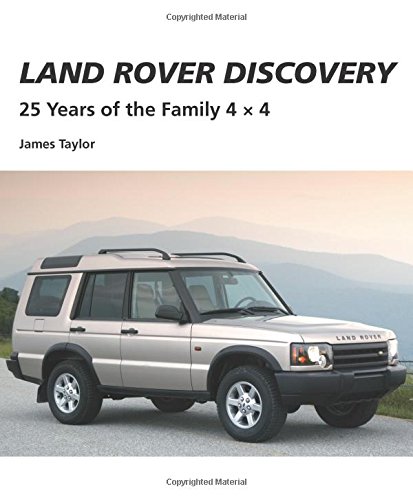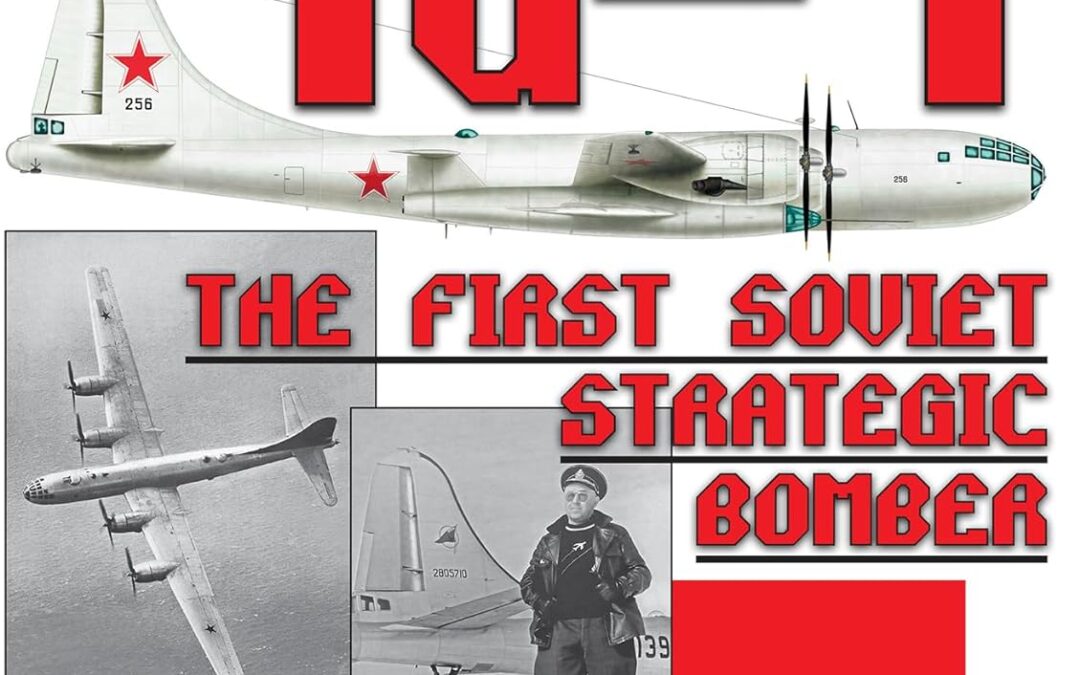
For anyone with an interest in, or who is thinking of buying, one of the classic Jaguar compact saloons from the 1950s and 1960s, this Essential Buyer’s Guide is a vital requirement. All the models are covered, from the early 2.4- and 3.4-litre saloons from the late 1950s, through to the very last 240 models, AND, just as importantly, the Daimler derivatives with the V8 engines.

A quarter of a century ago, the Land Rover Discovery defined at a stroke how traditional 4 x 4 all-terrain ability could co-exist with family-estate practicality at an affordable price. Since 1989, the Discovery has gone through several iterations, but its essential qualities have remained unchanged. Practical, capable, and above all completely distinctive – the stepped roof seemed odd at first but now defines the Discovery shape – the Discovery has gone on to become one of Land Rover’s best-loved products. Land Rover Discovery – 25 Years of the Family 4 x 4 looks in detail at the four generations of Discovery, including full specification details and production histories. Topics covered include:Design and development of the original Discovery in the late 1980s, and the move into North America.The new 300Tdi engine and R380 gearbox of 1994, and the BMW takeover.Series II models of 1998-2004, and Land Rover’s move from BMW to Ford.Discovery 3/’LR3′ – 2004-2009, and the new TDV6 engine, developed by Jaguar.Discovery 4/’LR4′ – the all-purpose family luxury car.Special editions and derivatives of all four generations of Discovery, including Discoverys for the emergency services and the Camel Trophy and G4 Challenge competition vehicles.The twenty-fifth year of production and the 2014 models.

After World War II, the Soviet Union and the USA, who had been allies in the war, started moving towards political and military confrontation. The Soviet Union urgently needed a strategic bomber capable of striking at the USA. Thus, the windfall of three battle-damaged B-29s forced to land in Soviet territory was most welcome. The Soviet Union kept them; a huge reverse-engineering effort ensued, resulting in a Soviet copy of the Superfortress (the Tu-4) and a major technology boost to the Soviet aircraft and avionics industries. From then on, the “Soviet Superfortress” evolved independently, some of the Tu-4 versions having no direct U.S. equivalent. These included the Tu-4K missile carrier, a wing-to-wing flight refueling tanker, and the Tu-4T transport. The Tu-4A was the first Soviet nuclear-capable bomber. Experimental versions included engine testbeds, a towed escort fighter program, and more. The book also describes the Tu-4’s production and service history (including service in China―the only nation besides the USSR to operate the type) and touches on the Tu-4’s transport derivatives, the Tu-70 airliner, and the Tu-75 military airlifter. The book is illustrated with many color side views and hitherto unpublished photographs.





